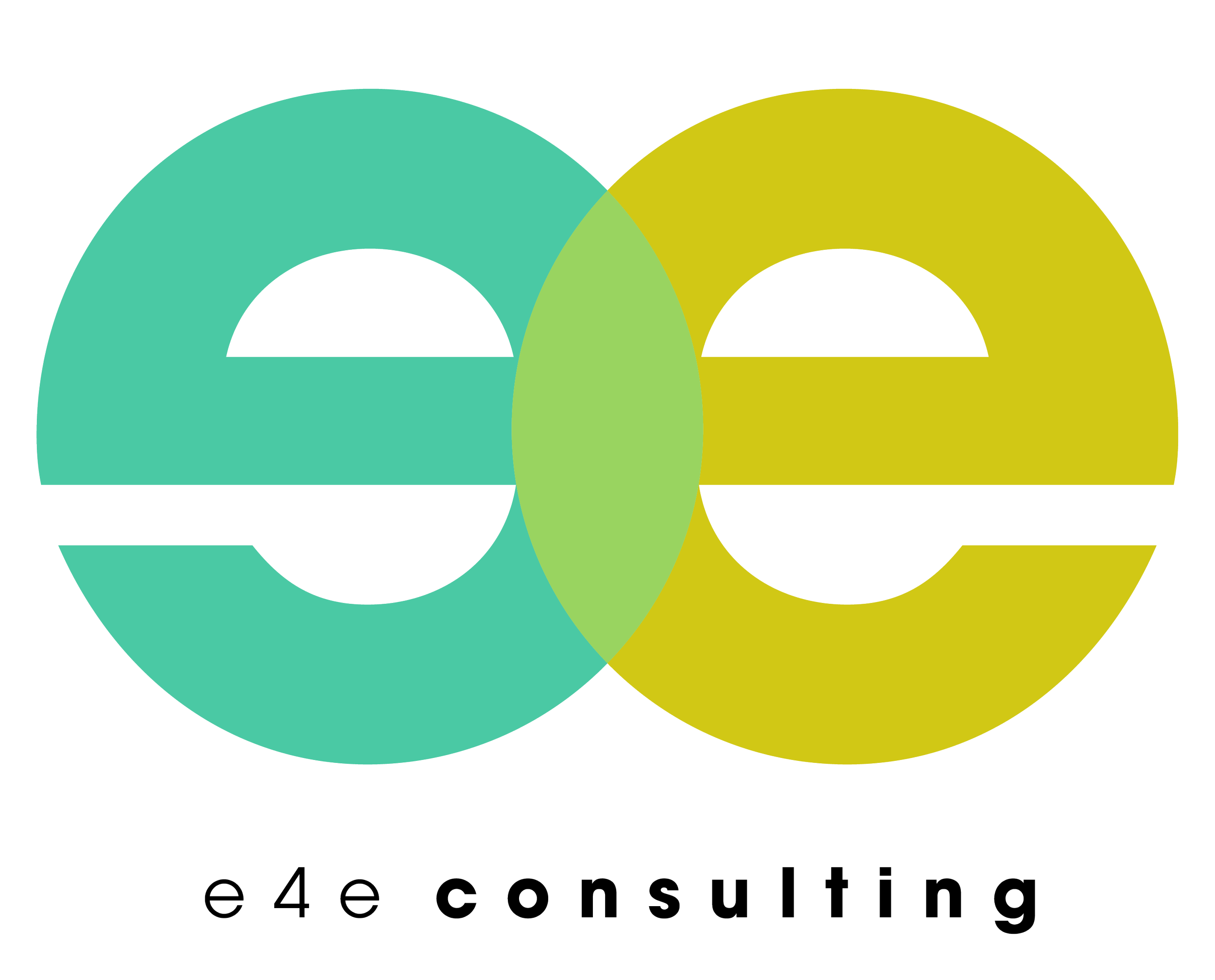How to Integrate Equity into Strategic Planning
Integrating equity into strategic planning requires a comprehensive approach that embeds equity principles across all aspects of the organization’s mission, structure, and operations. Here’s how:
Equity Audit: Assess existing practices, policies, and structures that may unintentionally perpetuate inequality. This includes analyzing hiring practices, decision-making processes, service delivery, and resource allocation.
Inclusive Decision-Making: Ensure that your planning process includes the voices of marginalized groups. Invite diverse community stakeholders—especially those impacted by inequities—to the table during key discussions.
Clear Equity Goals: Set measurable equity goals that align with your organizational mission. These should be explicitly stated in your strategic plan with a focus on closing equity gaps (e.g., improving access to services for underserved populations).
Equity Lens for Every Decision: As you develop strategies and initiatives, apply an equity lens. This means continuously asking: “Who benefits? Who is burdened? Are the resources distributed equitably?” This practice can help identify potential disparities early in the process.
Training and Capacity Building: Build capacity within your organization to understand and act on equity principles. This might include equity-focused professional development for staff and leadership, and ongoing discussions about race, class, gender, and other intersecting identities.
Data-Driven Accountability: Use disaggregated data to track progress toward your equity goals. Regularly assess how strategic decisions impact different groups and adjust strategies as needed to promote fairness.
Equity-centered strategic planning not only promotes fairness but also strengthens the organization’s connection to its community. By embedding equity in the planning process, CBOs (community-based organizations) can more effectively meet the diverse needs of the populations they serve.
